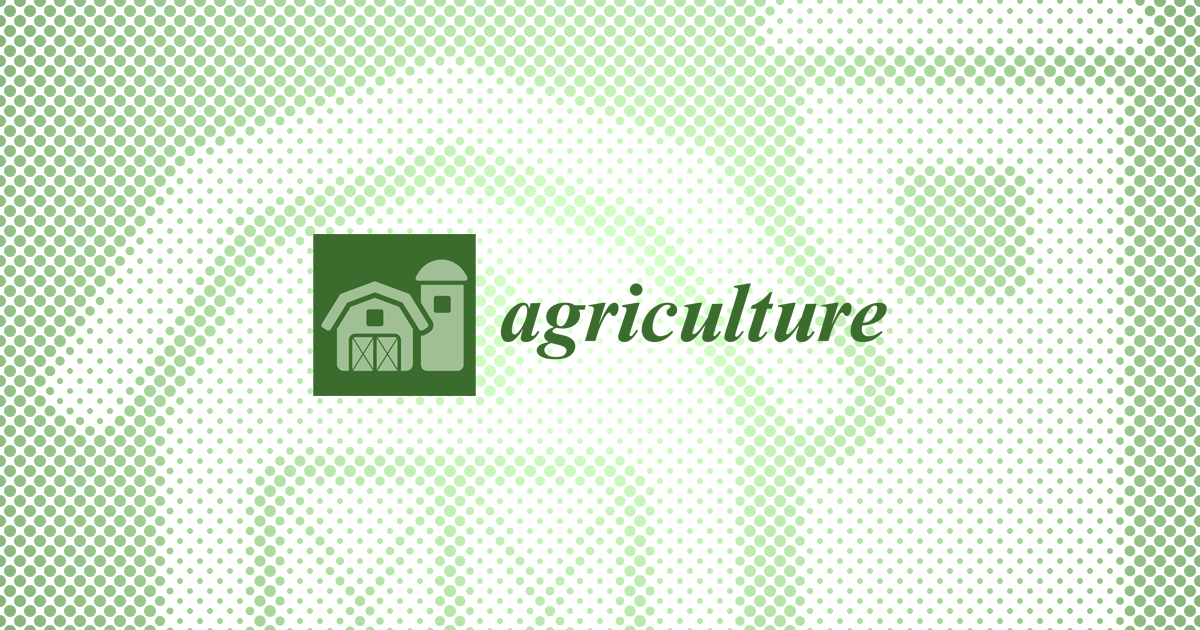This is an early access version, the complete PDF, HTML, and XML versions will be available soon.
Open AccessArticle
1
Department of Soil and Crop Management, Lithuanian Research Centre for Agriculture and Forestry, LT-58344 Akademija, Kėdainiai Distr., Lithuania
2
Department of Plant Pathology and Protection, Lithuanian Research Centre for Agriculture and Forestry, LT-58344 Akademija, Kėdainiai Distr., Lithuania
*
Author to whom correspondence should be addressed.
Agriculture 2025, 15(4), 366; https://doi.org/10.3390/agriculture15040366 (registering DOI)
Submission received: 28 December 2024
/
Revised: 5 February 2025
/
Accepted: 6 February 2025
/
Published: 8 February 2025
Abstract
This five-year study examined the impact of simplified tillage practices and shortened crop rotations on soil physical attributes and earthworm populations as an important indicator of soil health in Central Lithuanian Cambisols. The experiment was set up following a split-plot design to compare conventional tillage and no-tillage systems across three rotation schemes (three-field, two-field, and monoculture). The experiment was carried out over a period of 5 years, from 2010 to 2014. Preliminary soil conditions revealed notable disparities in moisture content across tillage methods (20.0 ± 0.3% against 17.9 ± 0.3% at a depth of 5–10 cm; p < 0.001), although variations in bulk density were more evident in the deeper soil layer (1.42 ± 0.02 versus 1.47 ± 0.01 mg m⁻3 at 15–20 cm). Earthworm abundance exhibited a strong negative association with bulk density (r = −0.612, p = 0.041) and a positive correlation with total porosity (r = 0.583, p = 0.044) in the upper soil layer. Notably, this study revealed the unexpected resilience of earthworm populations to tillage practices, with no significant differences between conventional and no-till systems (F1,108 = 1.414, p = 0.237). Rotation effects showed more significance than tillage intensity, as both two-field and three-field rotations sustained comparable earthworm populations (127.5–131.2 ind. m⁻2, 32.8–35.4 g m⁻2), but monoculture exhibited markedly lower figures (105.0 ± 13.2 ind. m⁻2, 25.6 ± 2.7 g m⁻2; p < 0.048). Three-way ANOVA indicated substantial temporal effects (F4,108 = 17.227, p < 0.001), demonstrating that environmental influences gained prominence as systems evolved. These findings challenge traditional assumptions about tillage impacts on soil fauna and indicate that crop diversification within the rotation cycle, rather than tillage intensity or rotation duration, is the essential determinant for sustaining earthworm populations in agricultural systems. Soil structural factors proved to be a significant factor but played a less substantial role.
Share and Cite
MDPI and ACS Style
Seibutis, V.; Tamošiūnas, K.; Deveikytė, I.; Kadžienė, G.; Semaškienė, R.
Earthworm Population Response to Simplified Tillage and Shortened Crop Rotations in a Central Lithuanian Cambisol: A Five-Year Study. Agriculture 2025, 15, 366.
https://doi.org/10.3390/agriculture15040366
Seibutis V, Tamošiūnas K, Deveikytė I, Kadžienė G, Semaškienė R.
Earthworm Population Response to Simplified Tillage and Shortened Crop Rotations in a Central Lithuanian Cambisol: A Five-Year Study. Agriculture. 2025; 15(4):366.
https://doi.org/10.3390/agriculture15040366
Chicago/Turabian Style
Seibutis, Vytautas, Kęstutis Tamošiūnas, Irena Deveikytė, Gražina Kadžienė, and Roma Semaškienė.
2025. “Earthworm Population Response to Simplified Tillage and Shortened Crop Rotations in a Central Lithuanian Cambisol: A Five-Year Study” Agriculture 15, no. 4: 366.
https://doi.org/10.3390/agriculture15040366
APA Style
Seibutis, V., Tamošiūnas, K., Deveikytė, I., Kadžienė, G., & Semaškienė, R.
(2025). Earthworm Population Response to Simplified Tillage and Shortened Crop Rotations in a Central Lithuanian Cambisol: A Five-Year Study. Agriculture, 15(4), 366.
https://doi.org/10.3390/agriculture15040366
Article Metrics
Source link
Vytautas Seibutis www.mdpi.com


